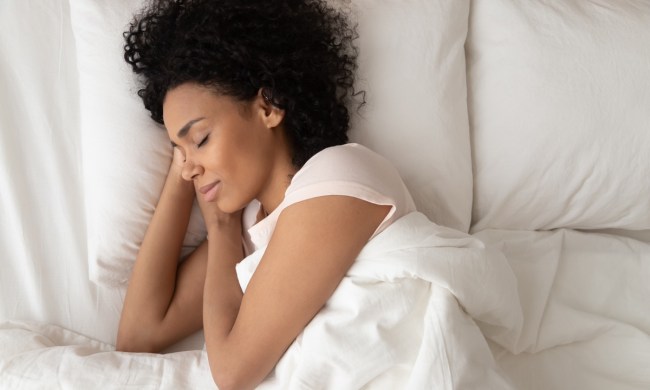Everyday life can be more than stressful. Between social media outlets and never-ending news to managing a healthy work/life balance, it can sometimes feel overwhelming or leave you drained. Taking time for yourself is vital to clear your head and help you unwind. Tapping into your artistic side by trying new hobbies or expanding the hobbies you already love are great ways to keep you busy while inviting in those happy endorphins. Below are a few products that are perfect for relaxing. They will aid in allowing your creativity to flow, add some balance, and bring Zen to your day-to-day life.
Life gets hectic, and we often forget to make time to care for our health and focus on enhancing our inner peace. We all deserve a space to call our own and where we can escape from our stressors. Turn the TV off, put your phone down, or spend some time by yourself to recharge. Before or after you log off from work, enjoy nature, breathe in the fresh air, make time for yourself, and pick an activity that makes you happy. Hopefully, one of these excites you, piques your interest, and brings a sense of calm to your busy day.


